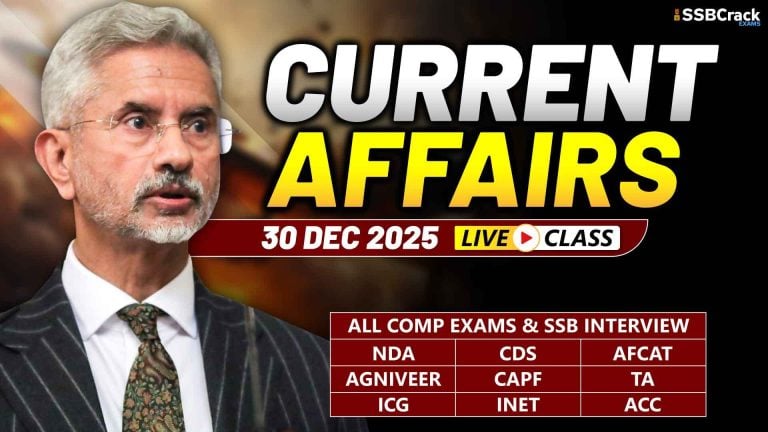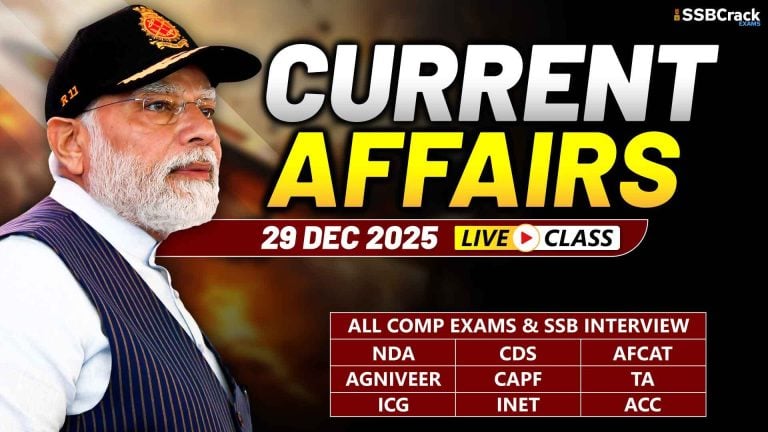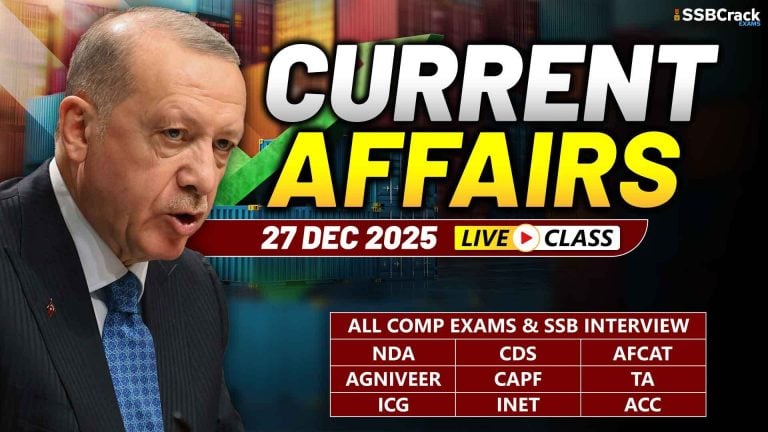DAC approves procurement proposals worth Rs 8,722.38 crore, including 106 Basic Trainer Aircraft for IAF
- To strengthen the Armed Forces by relying on indigenous capability to take forward the initiative on ‘Atmanirbhar Bharat’ the Defence Acquisition Council (DAC) in its meeting held under the Chairmanship of Raksha Mantri Shri Rajnath Singh accorded approval for capital acquisitions of various platforms and equipment required by the Indian Armed Forces here today. Proposals for an approximate cost of Rs 8,722.38 crore were approved.
- With Hindustan Aeronautics Limited (HAL) having successfully developed Basic Trainer Aircraft (HTT-40) Prototypes and certification process underway, the DAC approved procurement of 106 Basic Trainer Aircraft from HAL to address the basic training requirements of the Indian Air Force (IAF). Post Certification 70 Basic Trainer Aircraft will be initially procured from HAL and balance 36 after operationalisation of HTT-40 fleet in IAF.
- To improve the fire power of Indian Navy, the DAC approved procurement of an upgraded version of Super Rapid Gun Mount (SRGM) which is fitted as the main gun onboard Navy and Indian Coast Guard (ICG) warships from Bharat Heavy Electricals Limited (BHEL). The upgraded version of SRGM has enhanced capability to perform against fast manoeuvring targets like missiles and Fast Attack Crafts and increase the maximum engagement range.
- In view of the availability of requisite capability for indigenous development of the ammunition, both in terms of ‘Manufacturing’ and ‘Technology’, the DAC approved procurement of 125 mm APFSDS (Armour Piercing Fin Stabilized Discarding Sabot) ammunition for Indian Army as a ‘Design and Development Case’. The ammunition being procured will have a 70 per cent indigenous content.
- The DAC also gave approvals that are likely to speed up the procurement of AK 203 and Unmanned Aerial Vehicle upgrades.
Russia may host India, China Defence Ministers in September
- Russia has proposed to host the first meeting of Russia-India-China (RIC) defence ministers in Moscow in September, providing an opportunity for India and China to keep their communication channels open amid the Line of Actual Control standoff. This will be defence minister Rajnath Singh’s second visit to Moscow since June if he undertakes the trip. He represented India at the Victory Day Parade in Moscow on June 24, which provided him an opportunity to seek assurances on critical defence supplies, including early delivery of the S-400 system. An Indian contingent was part of the parade.
- The RIC can act as a confidence building measure between India and China. However, India hopes China will reduce tensions along the LAC to achieve an effective outcome of the meetings (organised physically) of the RIC ministers and later, Shanghai Cooperation Organisation (SCO) and Brazil, Russia, India, China and South Africa (BRICS).
- Moscow expects the RIC meeting to contribute to greater Eurasian stability, according to experts. In September, India will be part of a military exercise in Russia that might include China and other nations. Russia holds the current presidency of RIC-BRICS-SCO and engaged in quiet diplomacy to defuse tensions during the India-China standoff. It salvaged the RIC foreign ministers meeting in June after the PLA killed 20 Indian Army personnel at Galwan Valley. At the June 23 RIC meeting, Indian foreign minister S Jaishankar had a subtle but important message for his Chinese counterpart Wang Yi.
- “… the challenge today is not just one of concepts and norms, but equally of their practice. The leading voices of the world must be exemplars in every way. Respecting international law, recognising the legitimate interests of partners, supporting multilateralism, and promoting common good are the only way of building a durable world order,” Jaishankar said.
- India favours supporting Russia on the matter of greater Eurasian stability amid China’s inroads into Central Asia. India is in talks to conclude a free trade agreement with the Russian-led Eurasian Economic Union, which is a huge market. Earlier, Russia played a key role in India’s entry into the SCO amid dilly-dallying tactics by China.
- In June, Russia turned down China’s reservations against arms supplies to India as Singh visited Moscow. Moscow, notwithstanding its ties with Beijing, made it clear that it cannot be dictated to and it is Russia’s sovereign decision to supply arms to its partners. Subsequently, there have been unconfirmed reports that Russia has delayed the supply of S-400 systems to China, indicating a growing rift between the two nations.
China Has Doubled Its Fighter Jets on India’s Border
- China has doubled its fighter jets on India’s disputed northern border, according to American analysts.
- As of July 28, China has 36 aircraft and helicopters at the Hotan air base in China’s Xinjiang region, near the disputed north-eastern Indian territory of Ladakh, according to an estimate by the U.S. Air Force’s China Aerospace Studies Institute (CASI). This includes 24 Russian-designed J-11 or J-16 Flanker fighters. In addition, there are now six older J-8 fighters, two Y-8G transports, two KJ-500 airborne early warning aircraft, two Mi-17 helicopters, plus a number of CH-4 strike/reconnaissance drones.
- The People’s Liberation Army Air Force (PLAAF) had just 12 Flankers and no support aircraft at Hotan before the June border clashes between Chinese and Indian troops that left scores of soldiers dead on both sides. CASI’s estimate is based on open-source imagery from the European Space Agency’s Sentinel-2 Earth observation satellite.
- The imagery “suggests that there is at least some flight activity, so these aircraft are not just parked for show,” CASI research director Rod Lee tells me.
- However, Chinese airpower in Ladakh seems to be defensively focused on gaining air superiority to protect Chinese ground troops from Indian aircraft, as well as performing reconnaissance missions and blocking Indian recon flights. While Chinese fighters could strike Indian airfields to suppress Indian airpower, the composition of the PLAAF contingent does not appear oriented toward conducting air strikes on Indian troops, supply lines and infrastructure.
- “The focus does appear to be oriented towards counter-air missions, although this could be a function of the relatively small scale of the clashes,” Lee says. “Presently, the PLAAF’s role is likely to provide ISR [intelligence, surveillance and reconnaissance] support and help deter India from escalating by its presence alone. If things were to escalate into the shooting war, the present force is well suited to create the conditions necessary for the PLA Army’s mountain offensive campaign by specifically establishing information and air superiority.”
- China’s fighters would face a reinforced Indian force in Ladakh, which now includes five newly arrived French-made Rafale fighters as well as less advanced MiG-29K fighters. India experts assert that the Rafale is superior to all Chinese fighters, while Chinese media claims that the Rafale is no match for China’s J-20 stealth fighter.
- Indeed, for now China has a strong disincentive to base too many aircraft in Ladakh, which would inevitably spur additional Indian reinforcements and risk a war that neither nation wants. Tensions escalated in June when Chinese and Indian troops engaged in several mass fistfights in the disputed Galwan River valley, resulting in 20 Indian deaths and reportedly more than 40 Chinese casualties.
- The region already witnessed war in 1962, when China defeated badly unprepared Indian forces in a brief conflict that gave China control over the Aksai Chin area. The war resulted in a demarcation line that China is now trying to push back, after India built a new road to supply the desolate region.
- Both Chinese and Indian aircraft can reach Ladakh from airfields outside the region, but India has the edge there. The closest Chinese bases to the disputed border are Kashgar, 350 miles northwest of Ladakh, and Ngari Kunsha 190 miles to the southeast. “Both of these locations have even less apron space than Hotan and could only support a small number of aircraft,” Lee notes. There are larger airbases in Xinjiang and Tibet, but they are 600 miles away, which means dispatching fighters would strain China’s limited aerial refuelling capacity.
Army Likely to Buy 6 Indigenous Weapon-Locating Swathi Radars for Over Rs. 400 Crore
- In a boost to Make in India in the defence sector, six more Swathi weapon-locating radars developed by Defence Research and Development Organisation (DRDO) are likely to be procured for Indian Army.
- The case for acquisition of six Swathi weapon-locating radars worth over ₹ 400 crore is scheduled to be taken up in a defence ministry meeting likely to be held tomorrow, defence sources said.
- The weapon-locating radars developed by the DRDO and built by Bharat Electronics Limited had achieved major success as they were supplied to a foreign country also.
- The Swathi weapon-locating radars will provide fast, automatic, and accurate location of enemy weapons like mortars, shells, and rockets in 50-kilometre range. The radar can simultaneously detect multiple projectiles fired from different weapons at different locations.
- The Indian Army has been using the radars for its operations along the Line of Control in Jammu and Kashmir. The system was given for trial to Army in 2018.
- Indian Army has been giving a major push to the indigenisation and has given orders for much equipment like self-propelled artillery guns to Indian vendors.
Govt clears fast-tracking of projects to arm Israeli drones, produce Russian AK rifles in India
- India on Tuesday approved measures to speed up long-pending projects to arm its Israeli drones with deadly weapons and indigenously manufacture Russian Kalashnikov assault rifles, while also clearing procurements worth Rs 8,722 crore of basic trainer aircraft, naval guns, and specialized anti-tank ammunition.
- The decision by the Rajnath Singh-led defence acquisitions council (DAC) to fast-track the almost decade-old proposal to arm the Israeli Heron drones, in particular, is significant since it comes amidst the ongoing military confrontation with China in eastern Ladakh.
- Sources said “Project Cheetah” to upgrade the Heron unmanned aerial vehicles (UAVs) with laser-guided bombs, air-to-ground anti-tank missiles and other precision-guided munitions as well as advanced reconnaissance capabilities will cost over Rs 3,500 crore. “The commercial contract negotiation for the drones’ upgrade was completed long ago. Now, it will be sent to the Cabinet Committee on Security for approval,” said a source.
- The Indian armed forces have around 90 such medium-altitude, long endurance Heron UAVs, which are currently used for long-range surveillance and precision-targeting missions. While these drones return after their missions like fighter aircraft, IAF also has some Israeli Harop “killer” or Kamikaze drones that act as cruise missiles by exploding into targets and radars.
- India is simultaneously also finalizing the plan to acquire the much more advanced Predator-B or weaponized Sea Guardian drones from the US, with six of the proposed 30 drones likely to be procured through the fast-track procurement route now.
- The DAC also sorted out “some contractual issues” of the stalled Indo-Russia joint venture to make 6.71 lakh AK-203 rifles, a derivative of the famous AK-47 guns, at Korwa ordnance factory in Amethi district of Uttar Pradesh.
- In June that the “unreasonable and unacceptable” costs for manufacturing the 7.62×39 mm calibre rifles, at an initial estimated cost of Rs 4,358 crore, had delayed the inking of the final contract.
- The actual procurements cleared by the DAC on Tuesday included the Rs 7,600 crore one for HTT-40 basic trainer aircraft (BTA), the prototypes of which are undergoing the certification process after being developed by defence PSU Hindustan Aeronautics (HAL).
- “DAC approved procurement of 106 BTA from HAL to address IAF’s basic training requirements. Post-certification, 70 BTA will initially be procured from HAL and the rest 36 after the HTT-40 fleet becomes operational in IAF,” said the defence ministry.
- This comes after the government earlier rejected IAF’s case to acquire 38 more Swiss Pilatus trainers, to add to the 75 already inducted under the Rs 2,896 crore deal inked in May 2012, after the foreign company was found to have hired absconding arms dealer Sanjay Bhandari.
- The DAC also approved procurement of an upgraded version of the 76mm super rapid gun mount (SRGM) medium-range guns, which are fitted on naval and Coast Guard ships, from Bharat Heavy Electricals Limited (BHEL).
- “The upgraded SRGM version has enhanced capability to perform against fast manoeuvring targets like missiles and fast-attack crafts, while increasing the maximum engagement range. It will boost the Navy’s firepower,” said the MoD.
- With the availability of requisite capability for indigenous development of ammunition, both in terms of manufacturing and technology, the DAC also approved procurement of 125 mm APFSDS (armour piercing fin stabilized discarding sabot) ammunition for the Army as a “design and development case”. The ammunition being procured will have a 70% indigenous content, said the MoD.
REVIEW QUESTIONS
- Basic Trainer Aircraft built by HAL that will soon be procured is:
- Tejas
- Marut
- Chetak
- HTT-40
ANSWER: D
- Name of the project that is intended to upgrade the Heron unmanned aerial vehicles (UAVs) with laser-guided bombs, air-to-ground anti-tank missiles and other precision-guided munitions:
- Project Tiger
- Project Whale
- Project Cheetah
- Project Garud
ANSWER: C
- Swathi weapon-locating radars developed by Defence Research and Development Organisation (DRDO) are exported to which country formerly?
- Azerbaijan
- Armenia
- Australia
- Iran
ANSWER: B



















